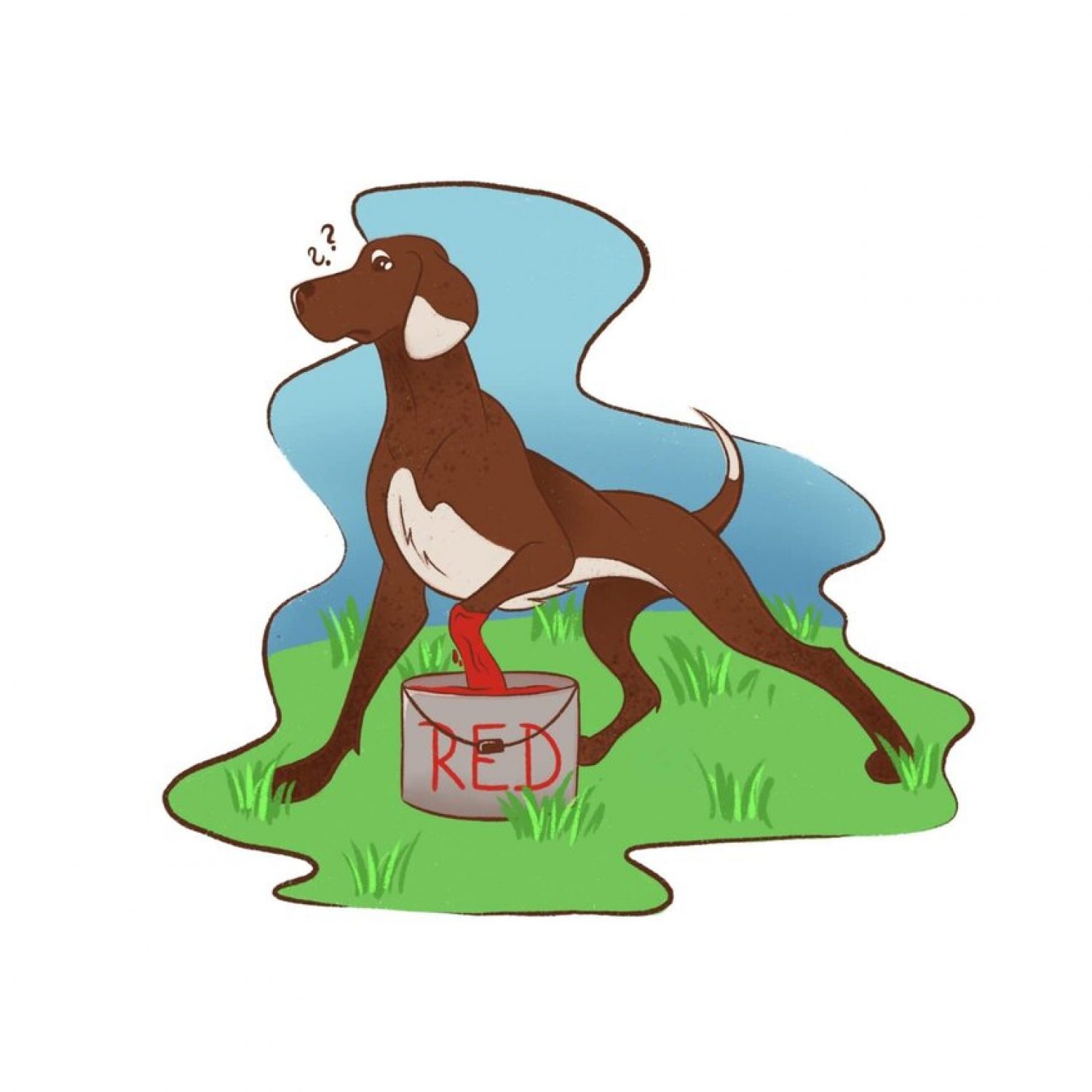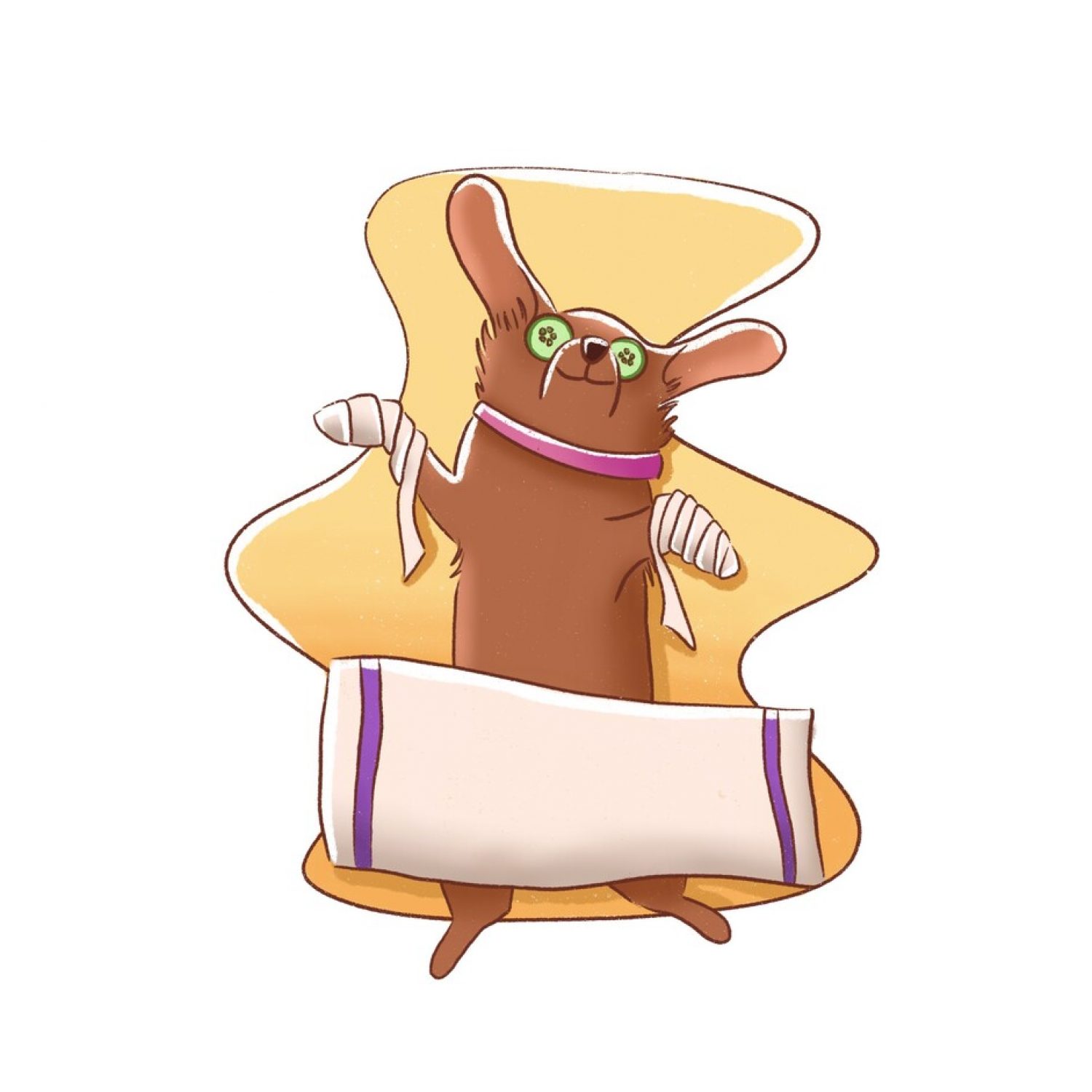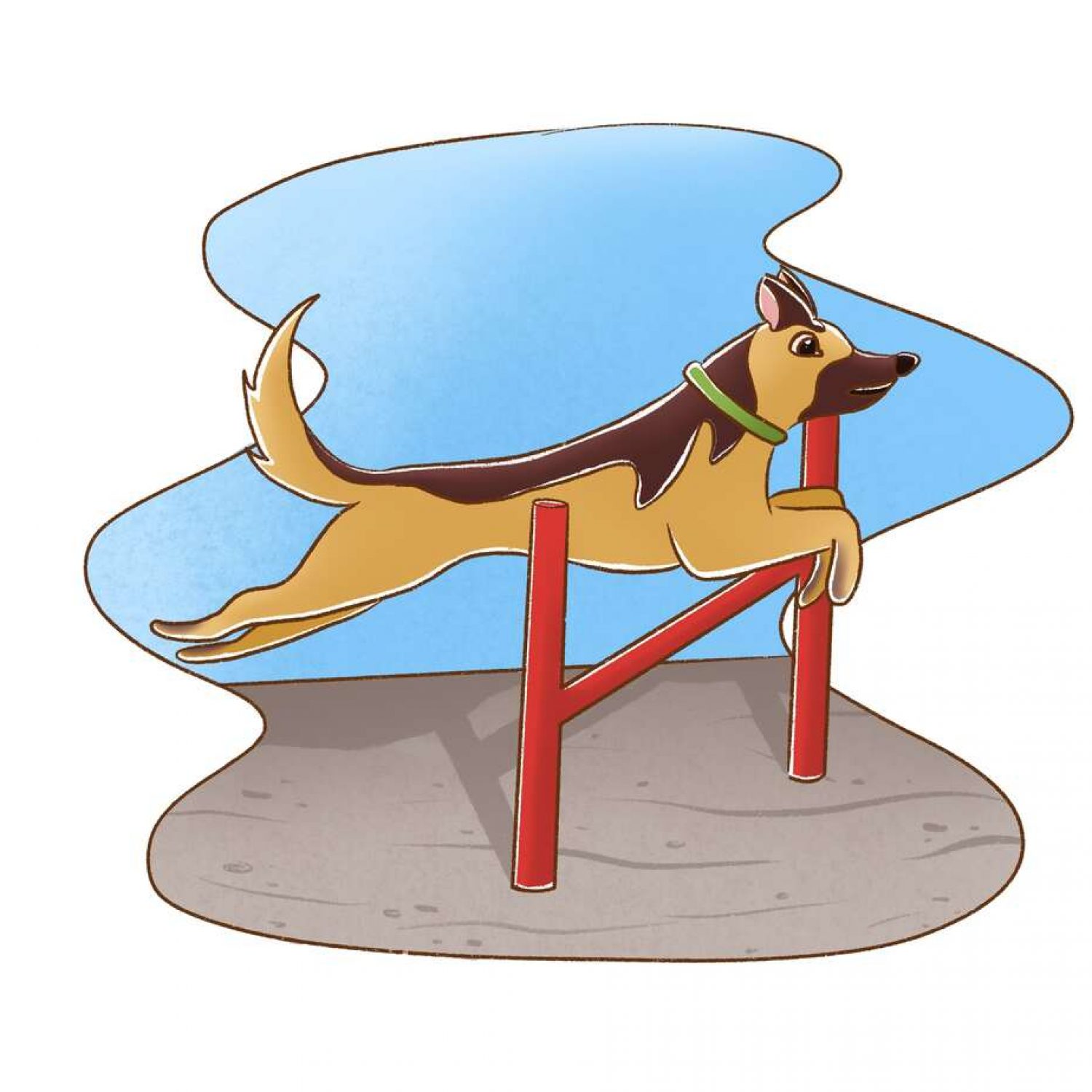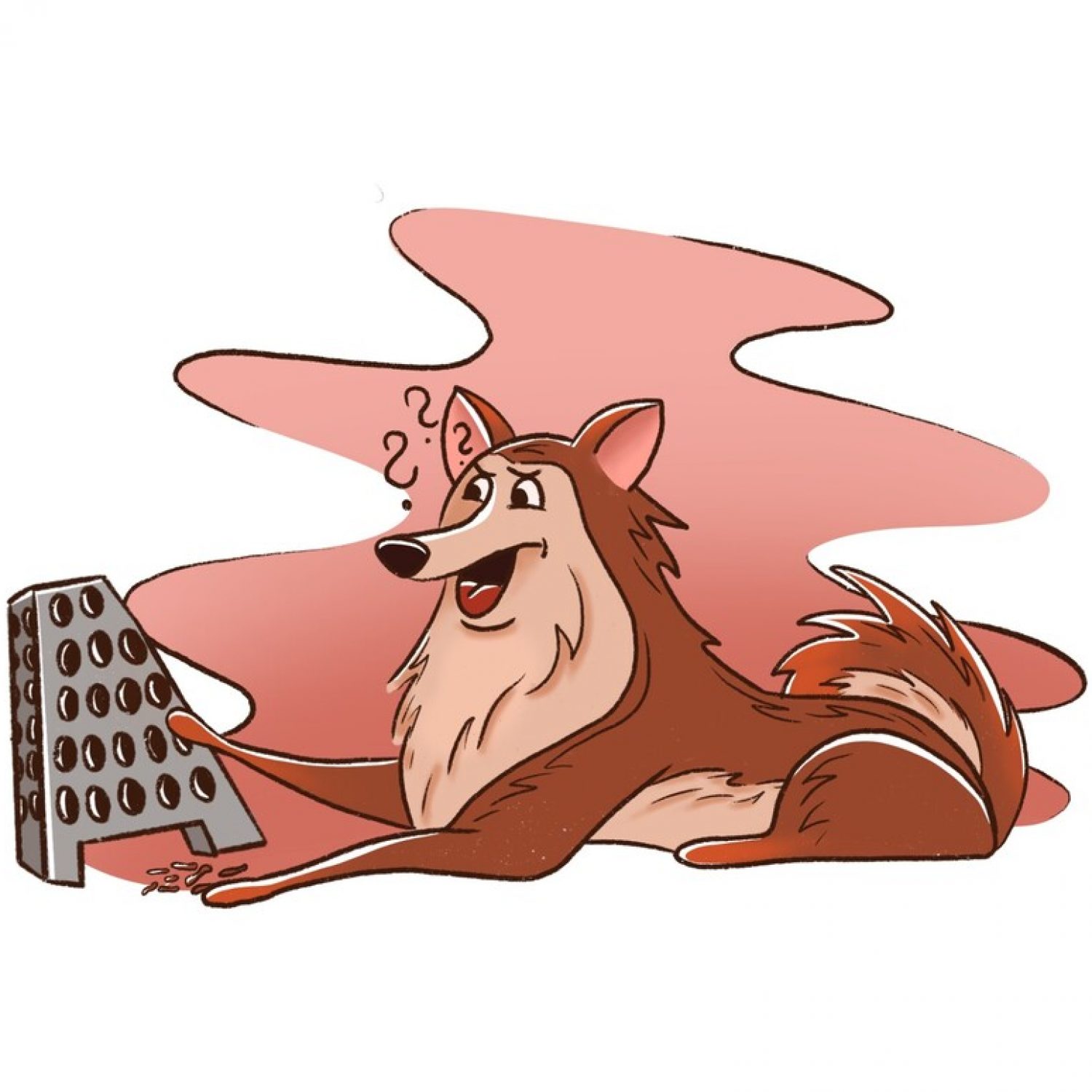Dog walks, runs, plays, and jumps. He is doing all of this with the use of his paws while being exposed to harsh elements. While they might be designed for situations like this, dog paw problems are pretty common. It is important to constantly and fully inspect your dog’s paws. This will not only alert you of any potential issues but also help prevent major issues that might arise in the future.
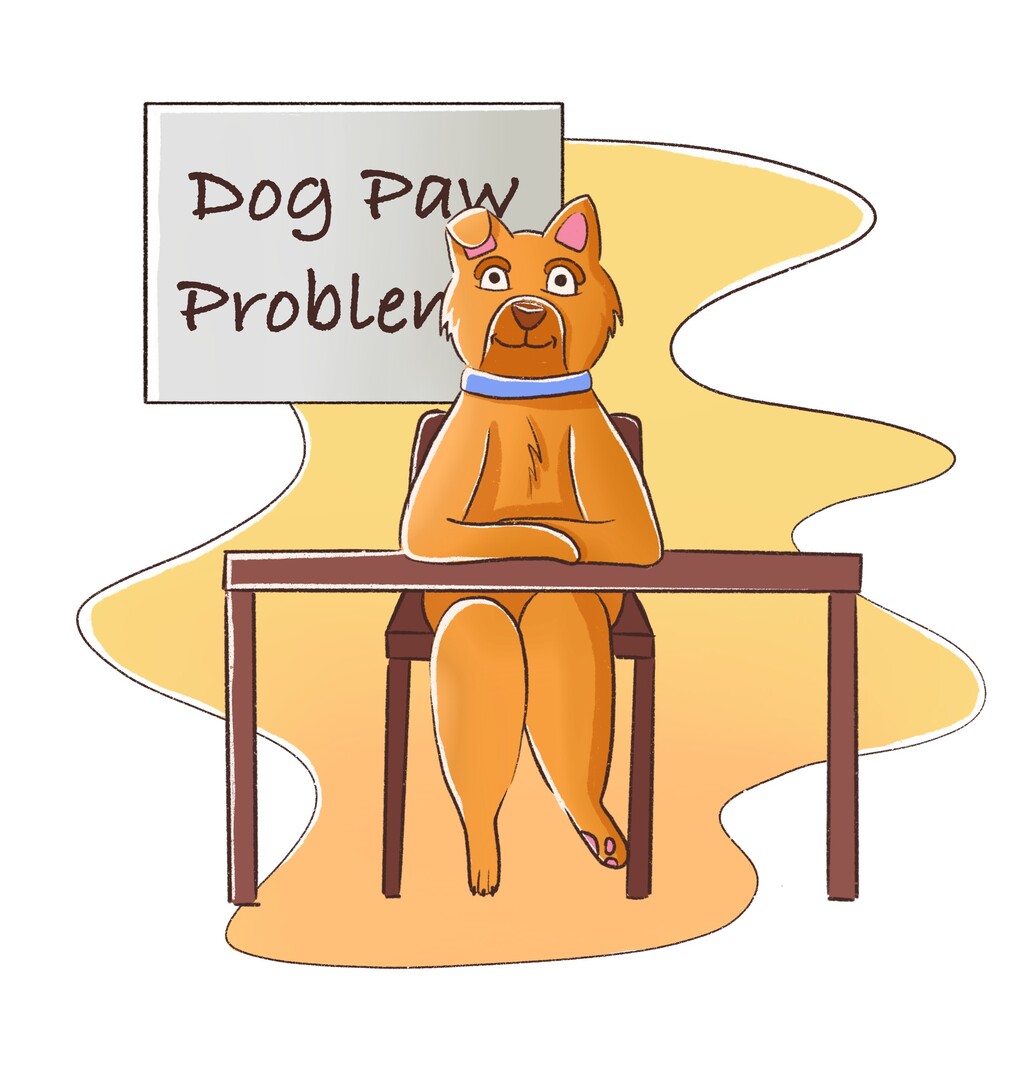
The most common symptoms of canine paw problems
- Excessively licking, chewing, and biting the affected paws
- Limping
- Visibly red paws (inflamed and irritated)
- Lesions and discharge
- General hair loss
- Ulcers with scabbing and blisters
- Cuts, abrasions, and tears
- Cracked and torn nails
- Dry and cracked pads
- A not usual paws slipping on the floor
- Paw pads peeling
- Not able or refusing to walk
- Cysts and growths
- Bleeding
- Unpleasant odor or corn chip smell coming from paw(s)
Causes of paw pad issues
Alergies
When you start to notice excessive chewing and licking you need to be worried. It could be a good indication of paw inflammation caused by allergies – the dog is suffering from some kind of pain or ailment that is driving him crazy or his nervous system has reached the point where he can’t calm down. It is like a nervous habit.
Excessive licking can and will eventually become a major problem because it’ll open up the wound even further, making it the perfect breeding ground for bacteria and infection growth. The allergy should be confirmed by a veterinarian.
If you see your pet licking and chewing on one paw it will likely mean that the issue at hand is localized to only one place – the dog has usually gotten bitten, stepped on something sharp, got into some kind of harmful chemicals, or has a cut.
Yeast and bacteria
Dog’s paws contain certain amounts of yeast and bacteria. Yeast and bacteria on your dog’s paws are considered a normal occurrence.
The dog’s immune system works to keep the yeast and bacteria at manageable levels, but when your dog starts to excessively lick the paws and you can spot a visible redness, swelling, smell an unpleasant odor, or rarely brownish nails, these could be a good indication of infection. Sometimes these infections can be caused by food or environmental allergies.
A vet visit is highly recommended, but the treatment mostly includes cleaning, wiping and drying the paws or applying topical creams after taking them outside to help prevent an overload of yeast and bacteria.
Hyperkeratosis
Are your dog’s paws look rough? Almost thick and crusty looking? Does it look like they have hair or fur growing out of the actual pad, rather than between the toes? If this is the case, you’ll want to look at your dog’s nose if you haven’t noticed it already.
If you see such conditions on both the nose and pads – the dog is dealing with hyperkeratosis. This is a condition that can be genetically passed down or it can be the result of some underlying medical condition.
A vet visit for proper medical inspection is recommended. In the meantime, you’ll want to make sure that you are keeping the dog’s paws moisturized and protected with some kind of balm. This will not only help reduce the excessive chewing and licking, but it’ll go a long way to reducing your dog’s overall discomfort.
👍 The high-quality dog balm can reduce the symptoms of hyperkeratosis effectively.
Ticks, mites and similar
Ticks are small but visible. They tend to be embedded between your dog´s toes and can cause a lot of health problems such as infection and pain. If you are convinced that what you see is a tick, use tweezers with a proven procedure or visit your veterinarian for removal.
Mites live in dog fur. If you notice swelling or losing hair, visit your vet for an accurate diagnosis and proper treatment.
Torn toenails
Torn toenails are without a doubt one of the most common dogs paw problems. It is such an easy occurrence.
While dog toenails are no doubt tougher and stronger, torn toenails are usually the result of wrestling or fighting with other dogs, snagging on carpet or other material, or excessive digging.
Is hard to completely prevent this but the best thing is to keep the toenails trimmed to an acceptable level. The vet will have to cut the nail down past the tear and prescribe antibiotics to prevent infection. Pain medications might even need to be used.
Ingrown toenails
Ingrown toenails are a condition that usually occurs when the toenails are too long, to begin with. Ingrown nails result when the nails grow so long that they actually start curling around under themselves and growing back into the pad.
Unfortunately, correcting this issue isn’t just as simple as cutting past the torn toenail. In some of the more severe cases, it might take surgery to remove the toenail from the pad. In these situations, the dog will be prescribed antibiotics along with pain medication.
Burns
The majority of paw burns come from going on walks. Often times when this problem occurs you won’t even know it until later down the road. And, you notice it by excessive licking and chewing on the paws. You might also notice limping, bleeding, redness, and holding the injured paw off the ground. The pad will likely be discolored and it’ll be hard to see the bark pigmentation.
🚨 You’ll know when the pavement is too hot for your dog when you place the back of your hand on the pavement for a few seconds. If you find it difficult to keep your hand in place for more than 7 seconds, this is probably a good indication that it is too much for your dog.
The best treatment for this issue is antibiotics and pain medications along with bandaging the affected area.
Winter salt
The colder weather can be brutal due to ice-melt products like salt. These items can dry out your pet’s paws and cause them to crack and burn. They can even be potentially lethal to your dog if ingested. This is why it is pertinent to make sure that you are always washing off your dog’s paws after bringing them in for a winter walk. A dog will tend to his paws every day, especially during those colder months, so you’ll want to make this a priority.


